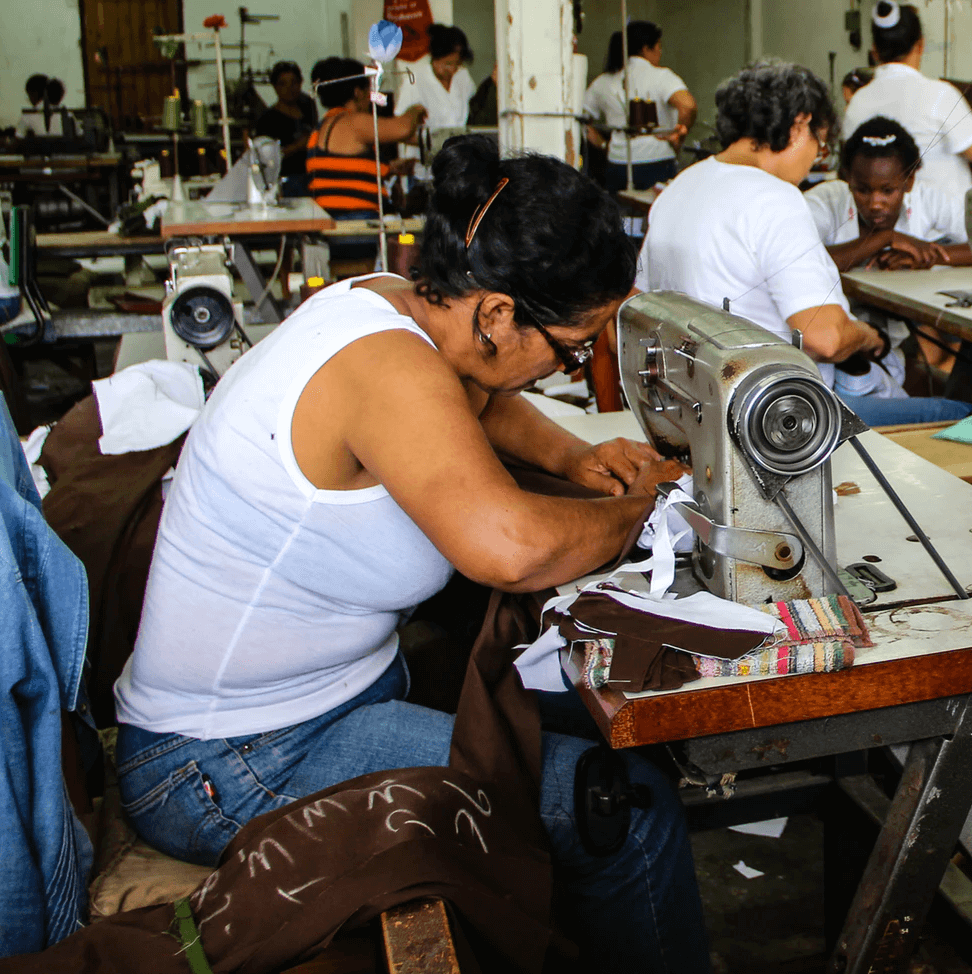As more companies are frequently sourcing their products from global suppliers, there has been a big shift in making sure supply chains more ethical and sustainable. Customer demand for sustainability and ethics is also increasing with more people being conscious and aware of companies that have and maintain these practices. A 2017 Unilever study found that more than a third of customers are now buying from companies based on their social and environmental impact.
What is an ethical supply chain:
An ethical supply chain is about companies and brands working with suppliers to make sure they have the highest levels of ethical and safe working conditions and practices. This spans three key issues, economic, environmental and social responsibility and can focus on:
- Stopping child and slave labor
- Unsafe and unhygienic working conditions
- Corruption
- Ethical sourcing of ingredients
- No human or labor rights abuses
- Environmental sustainability
- Discrimination, bullying or harassment
- Unfair working hours

Here are five steps your company can take to create a more ethical supply chain:
- Create or update your ethical supply chain code
- Outline your supply chain
- Collaborate
- Transparency
- Commitment
Step 1: Create or update your ethical supply chain code
Start by looking at your company’s values and vision. What values and issues does your company want to promote and be known for? Does your current supplier honor these values? Does your current supply chain reflect these values? Once you’ve asked yourself these questions, you can identify areas that need improvement within your company and your supply chain code of conduct.
When creating or updating your code, make sure it has clear objectives, practical guidance on what is expected, details of how the code will be implemented and standards and expectations for your company and suppliers you use. Your code needs to be up to date and contain statements regarding your commitment to human rights, ethical and sustainable labor practices, how you comply with labor laws, and your steps to stopping human trafficking, unsafe working conditions and corruption abuses. It should also identify who is responsible for the management and oversight of these practices and the consequences of misconduct.
Step 2: Outline your supply chain
You should be able to trace the flow of your entire supply chain. If you can’t, you need to do more research into the supply chain you’re using or want to use. To ensure traceability along your supply chain you need a system in place that records and follows the parts and materials used to create your product from your manufacturer to your supplier and then to yourself or customers. Understanding and knowing exactly how your products are made and where they are coming from allows for ethical and sustainable practices within your company. Software is a great way to record and manage your supply chain outline. Start off with the big picture and begin filling in the gaps until you have one seamless supply chain overview from materials to finished product.
Step 3: Collaborate
It’s important to talk to your supplier about how they operate and their practices. If you want to maintain a positive relationship with them it’s important that you come to an agreement about the ethical practices used in creating your products. Being able to agree on a code of conduct, business practices and a commitment to stopping issues will help you to implement an ethical supply chain. Being clear in your communications and encouraging involvement in the process by your suppliers is another way to ensure buy-in from them.
It can also be beneficial to reach out to companies similar to yours and find out what suppliers they are using and whether they could work with your company. They will have experience and expertize on ethical and sustainable suppliers they have used and worked with.
Step 4: Transparency
If you have created or updated your ethical supply chain and it’s something you’re proud of, why not share it with your customers? Letting your customers know that you have an ethical supply chain and showing them the process behind it can be hugely beneficial to your company and your supplier. It demonstrates that your ingredients or materials are genuine and obtained ethically and that your company and supplier comply with current regulations and laws.
Being transparent with your consumers about your ethical practices can be utilized as an effective marketing tool and a way to attract new customers.
Technology and social media is a key way to do this, with companies showing and promoting their ethical standards on their websites and social media pages. Letting people learn more about the importance of an ethical supply chain can help to build a real connection with your customers.
Step 5: Commitment
It’s not enough to create a code and have a new found dedication to ethical practices, you have to be committed for the long term. Constantly checking and updating your ethical code and supply chain and sharing this information with your supplier and your consumers is a good way to show your commitment. You could also demonstrate your commitment by becoming involved with charities and communities that share your values and vision.

If you would like more information about the types of suppliers you can source from, check out our other article about finding quality suppliers.
If you can achieve the steps outlined above, you will be well on the way to have a more ethical supply chain. But why stop there? If you’re proud of your supply chain – and why shouldn’t you be? – make sure you announce it to the world. Promote it and make it a feature of your business. Not only will you attract like-minded customers, but you may just influence other brands along the way.



